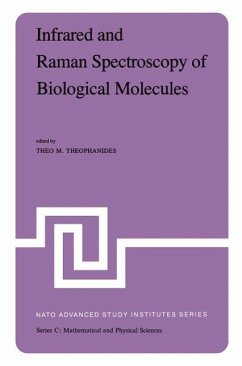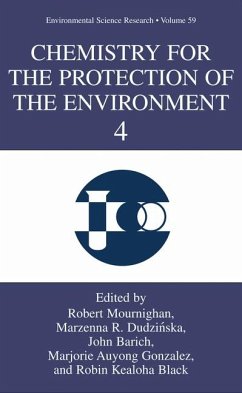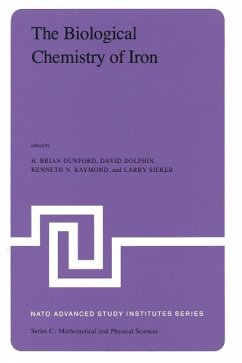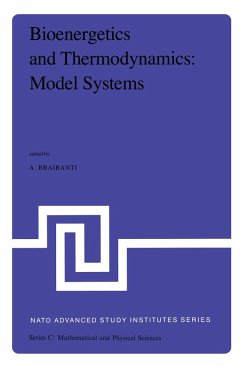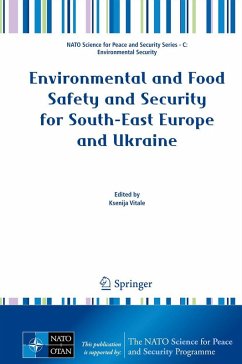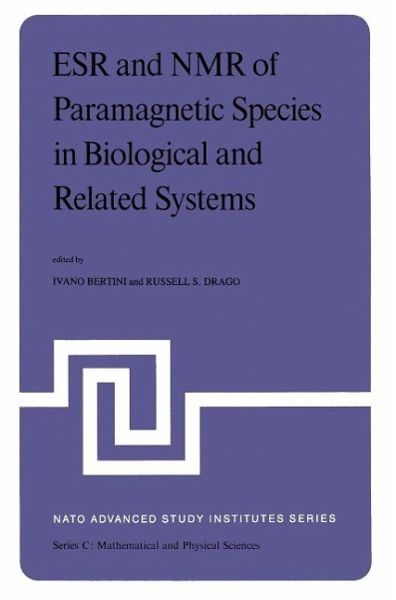
ESR and NMR of Paramagnetic Species in Biological and Related Systems (eBook, PDF)
Proceedings of the NATO Advanced Study Institute held at Acquafredda di Maratea, Italy, June 3-15,1979
Redaktion: Bertini, I.; Drago, R.
Versandkostenfrei!
Sofort per Download lieferbar
40,95 €
inkl. MwSt.
Weitere Ausgaben:

PAYBACK Punkte
20 °P sammeln!
Proceedings of the NATO Advanced Study Institute, Acquafredda di Maratea, Italy, June 3-15, 1979
Dieser Download kann aus rechtlichen Gründen nur mit Rechnungsadresse in A, B, BG, CY, CZ, D, DK, EW, E, FIN, F, GR, HR, H, IRL, I, LT, L, LR, M, NL, PL, P, R, S, SLO, SK ausgeliefert werden.



